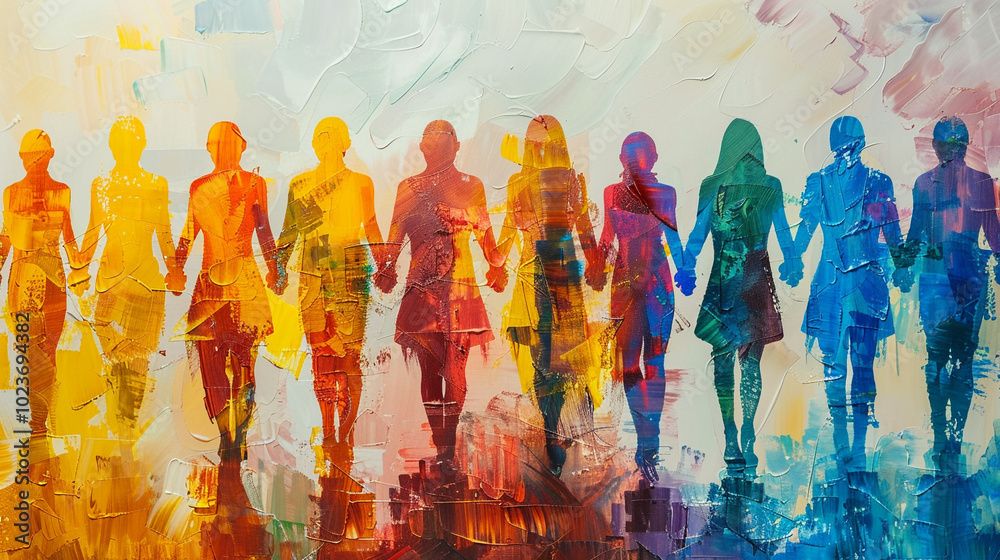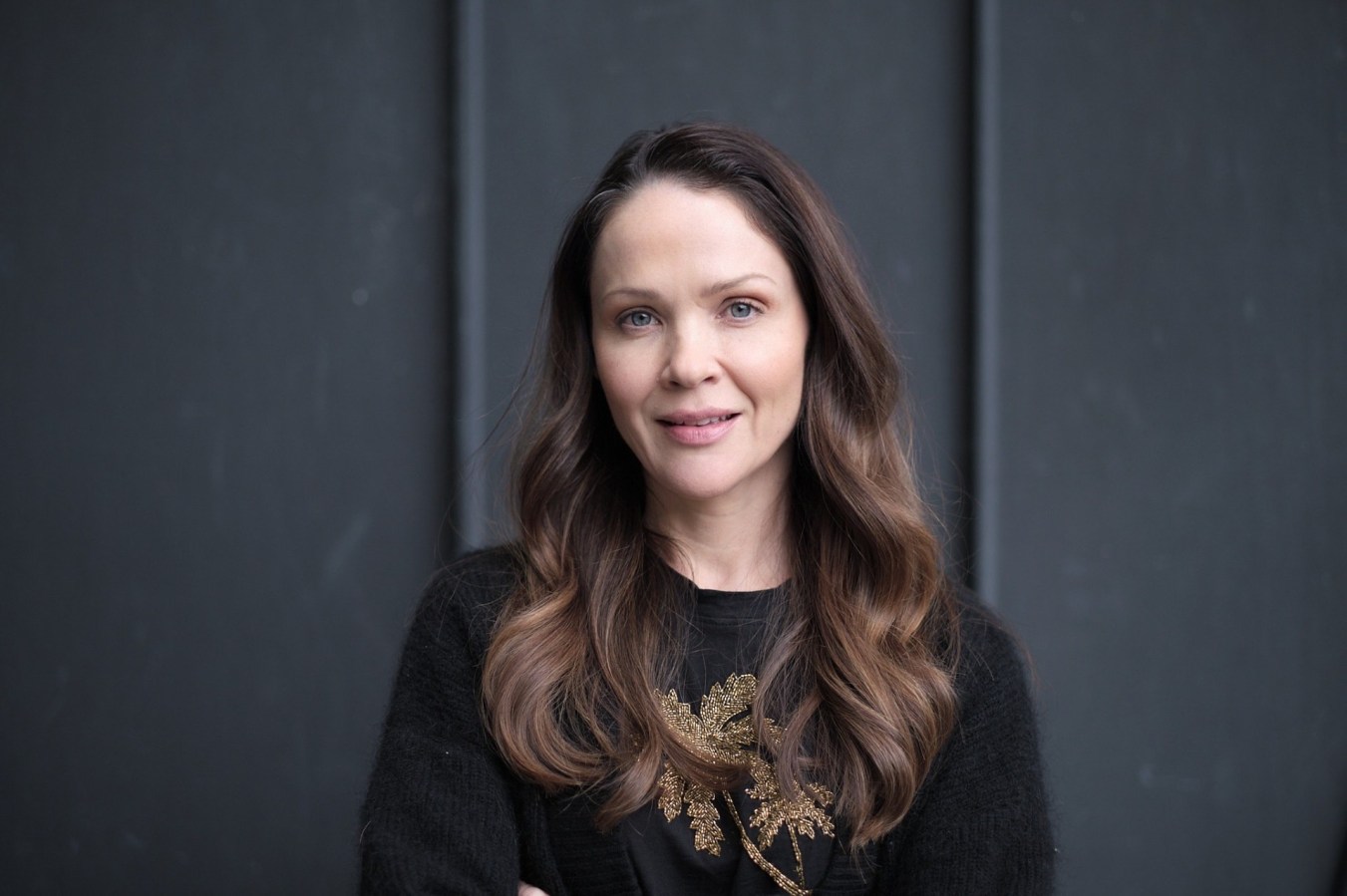On January 20th, 2025, a newly-elected president delivered one of the most controversial inaugural addresses in American history, painting a dark vision of what he deems has been a chapter of “horrible betrayal” of Americans. Yet across social media, news networks, and even in my own kitchen, all eyes were on a wide brimmed navy blue hat.

The Power of a…Hat?
“That’s a carefully chosen hat,” observed my husband, a man who wouldn’t know Balenciaga from Banana Republic – looking up from his coffee. The fact that even someone as deliberately disconnected from fashion could read the political theater in Melania Trump’s wide-brimmed statement piece, means we are dealing with something far beyond mere millinery.
He wasn’t alone. As my fellow Forbes contributor Peter Siciu noted – Melania’s choice of wardrobe trumped her husbands speech in topics of interest on social media. Yes that means for a majority of scrollers, a navy blue fashion moment was more captivating than the discussion on a wide spectrum of highly controversial and historically defining topics including plans for interplanetary colonization. Though perhaps that’s understandable. One might argue the hat had a clearer flight plan. Yet, the reality is, when a hat overshadows history, the problem isn’t the hat or the woman wearing it. It is us.
The Politics Of First Lady Fashion
This fascination is nothing new. First Lady fashion choices have long been a form of political theater. Jackie Kennedy was perhaps the first to truly understand this, using her pillbox hats and Oleg Cassini designs to craft an image of youthful American elegance that helped soften the Cold War’s sharp edges – her fashion choices weren’t just about looking elegant, but about projecting American grace at a time when the public needed to see it.

This political choreography through clothing has evolved with each administration. Nancy Reagan’s “Reagan Red” dresses became symbols of conservative glamour and 1980s prosperity, while Barbara Bush’s signature pearls projected comfortable traditionalism. But it was Michelle Obama who upped the ante on the politics of First Lady fashion, deliberately mixing high-end designers with brands like J.Crew to embody democratic accessibility and affordabilty.
The Melania Trump Effect: Fashion Under Social Media’s Microscope
Then enter Melania Trump, a First Lady whose fashion choices have generated unprecedented levels of scrutiny and social commentary. When she wore a Zara jacket emblazoned with “I Really Don’t Care, Do You?” to visit detained migrant children at the Texas-Mexico border, the resulting firestorm highlighted how First Lady fashion had evolved in the social media age. NewsWhip analytics showed the jacket story generated over 1 million social media interactions within 24 hours – more than any other First Lady news that year. The incident crystallized an uncomfortable truth: a $39 Zara jacket had commanded more public attention than the humanitarian crisis it overshadowed.

In an era of increasing polarization and instant digital reaction, every sartorial choice is scrutinized not just for style, but for its political and cultural significance. This gender bias in political coverage is well-documented. According to the Global Media Monitoring Project, stories about women politicians are five times more likely to reference their appearance than stories about their male counterparts. Male politicians’ coverage focuses predominantly on policy positions, while women in politics consistently face a dual scrutiny – of both their platforms and their presentation.
The First Lady -A Double Standard
This intense focus on First Lady fashion reveals a deep-seated hypocrisy in political coverage. While we dissect every hem and heel choice of these women, no one ever comments on what the President himself wears. Male politicians can wear the same suit for years with minimal commentary, while First Ladies face relentless analysis of their every accessory choice. Their clothing choices are weaponized in ways their husbands’ never are – too expensive signals elitism, too casual suggests disrespect, too fashionable indicates frivolity, and too conservative betrays lack of independence.
Beyond Melania Trump- Transcending Party Lines
Consider this evolution: Jackie Kennedy’s pillbox hat made it into next day’s papers. Michelle Obama’s choices sparked week-long cable news discussions. But Melania Trumps wide-brimmed hat has so far spawned thousands of memes, millions of tweets, and dominated news cycles that should have focused on historic policy declarations. Social media hasn’t just amplified fashion coverage, it has in a blink transformed First Lady style choices into viral phenomena that eclipse actual governance. When presidential proclamations about the future of American democracy generate less engagement than speculation about a hat’s hidden meaning, we’re not just choosing style over substance. We are normalizing the trivialization of women in powerful settings.

Melania Trump and the Double Standard: When Fashion Eclipses Voice
What’s clear is that as long as fashion remains a visual language of power, First Ladies will continue to be judged through this problematic lens – whether they choose to engage with it or not. Every hat, every heel, every chosen designer becomes part of a larger narrative about not just American values and identity, but about gender, power, and the uneven standards we apply to women in the public eye.
This isn’t about political allegiances or individual administrations. It’s about a pattern that transcends party lines. While a president can speak of colonizing Mars wearing a suit that looks exactly like the one he has worn countless times, his wife’s every accessory becomes fodder for endless analysis. Each time a woman steps onto the national stage and faces more questions about her wardrobe than her voice, we reinforce an exhausting reality: that women must navigate an impossible maze of judgment about their appearance that men simply don’t face.
The scrutiny these women face isn’t really about fashion – it’s about power. Quite simply, it is about who gets to be heard and who gets to be seen and who controls the frame. It’s about the persistent and insidious way we diminish women’s presence in public spaces by fixating on how they look rather than what they say and in the case of Melania Trump, what they don’t say.
This story was originally published on forbes.com.
Look back on the week that was with hand-picked articles from Australia and around the world. Sign up to the Forbes Australia newsletter here or become a member here.


